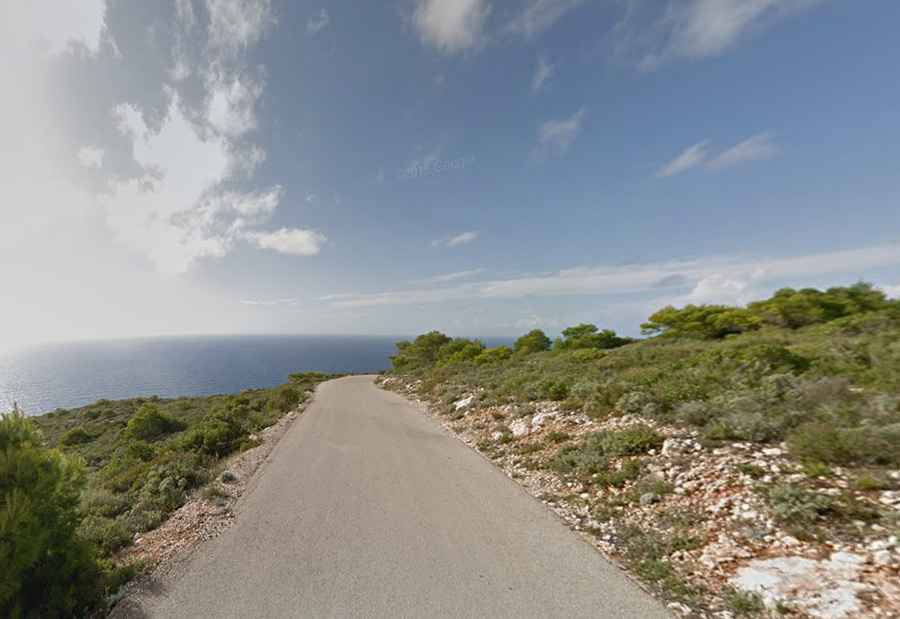How to get to Navagio Beach by car?
Navagio Beach is located in the northwest corner of Zakynthos Island, in Greece. Visitors come from all over the world to photograph a famous shipwreck, called Panagiotis.

Where is Navagio Beach?
The beach, with its milky blue water and smooth white pebbles, is located 250 kilometers from Athens in the Ionian Sea. It is also known as Shipwreck Beach and is one of the most popular sites in Greece.
Why is it called Shipwreck Beach?
Originally called Agios Georgios Beach, it was renamed after the arrival of the shipwreck in 1980. That year, a smuggler ship called Panagiotis ran aground here. The ship was allegedly involved in cigarette smuggling, and the Greek government sent the navy after it. On October 5, the marine police found the boat with 2,000 boxes of cigarettes and around 30 million Drachmas. The ship was abandoned and still rests buried in the limestone gravel of the beach, which has since been nicknamed Shipwreck Beach.
Is the road to Navagio Beach paved?
The road to the beach is stunning, offering incredible coastal views. It is fully paved but narrow and curvy, so extreme caution is needed. Due to its beauty, the road was featured in the James Bond film "For Your Eyes Only" (1981).
How long is the road to Navagio Beach?
Starting from the Monastery of Agios Georgios Krimnon, it is 1.5 km (0.93 miles) long. At the end of the road is a small parking lot that fills up quickly. It is best to visit as early in the day as possible to avoid the crowds.
Can I get to Navagio Beach from the parking lot?
The parking lot at the end of the road features a stunning cliff-top viewpoint. It is not possible to walk between the beach and the viewpoint above. Navagio Beach is surrounded by nearly vertical cliffs, so the beach is only accessible by boat, and the viewpoint is accessible only by road.
Is Navagio Beach open?
In recent years, the beach, sometimes referred to as "Smugglers Cove," has been closed to the public due to potential landslide danger. A large area of the clifftop has been cordoned off and is not accessible for safety reasons. There have been various landslides and earthquakes, making the land unstable and at risk of collapse. Long queues may tempt people to enter restricted areas to avoid waiting for the official viewpoint. This can lead to legal consequences if caught breaking regulations or, worse, endanger lives with a split-second decision.